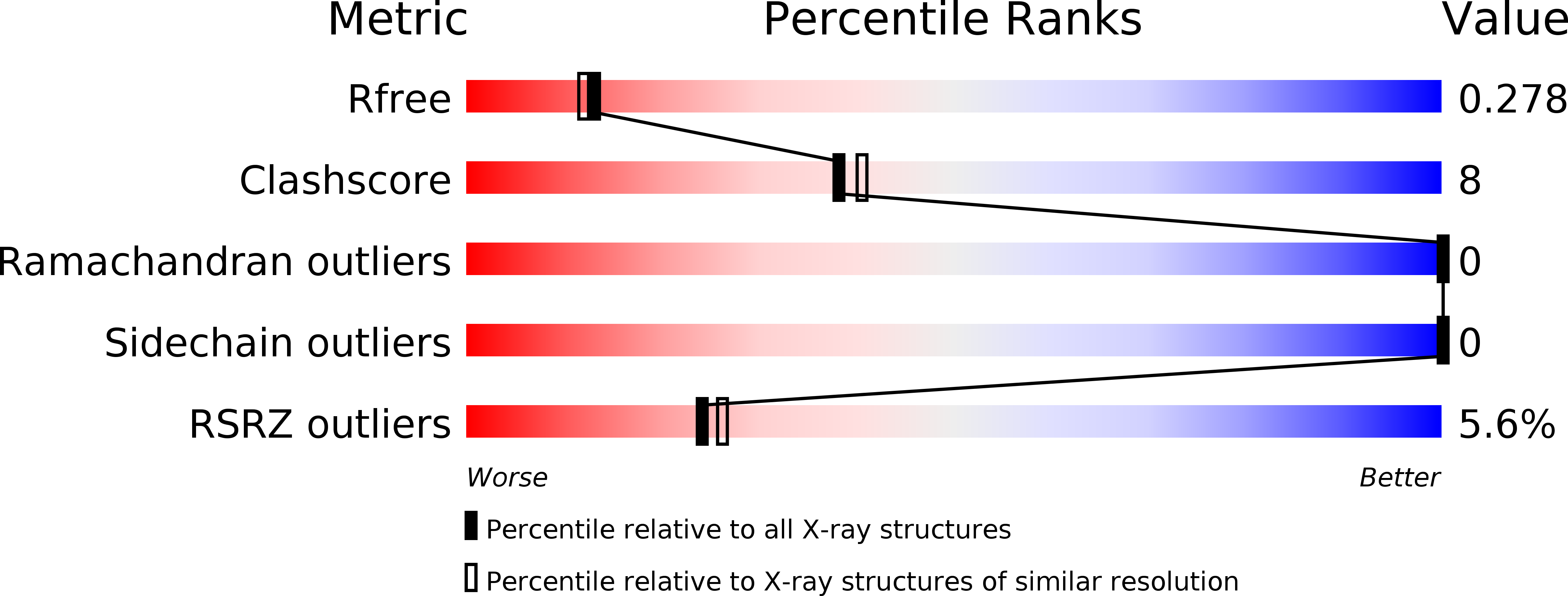
Deposition Date
2010-06-11
Release Date
2010-10-06
Last Version Date
2023-09-06
Entry Detail
Biological Source:
Source Organism:
Host Organism:
Method Details:
Experimental Method:
Resolution:
2.26 Å
R-Value Free:
0.28
R-Value Work:
0.25
R-Value Observed:
0.25
Space Group:
P 6 2 2


